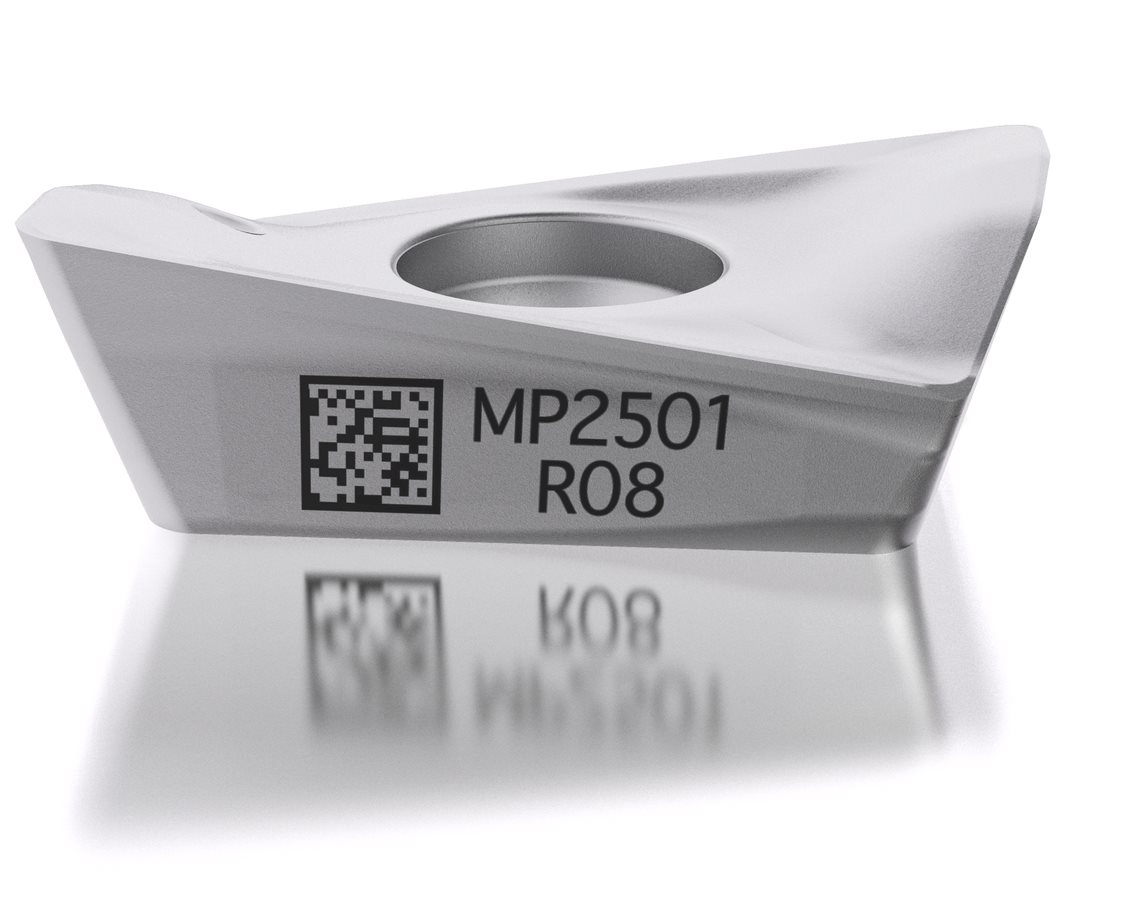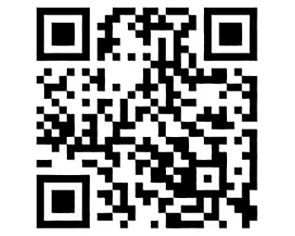Data Matrix codes revolutionize product information flow
In typical high-volume production environments, manufacturers mark each product with a batch number. But batch numbers cannot identify or provide additional information about individual products. That is why in 2018, Seco’s research and development technician Jan Gravningsbråten contemplated the limitations of that process for tool manufacturing operations.
With no way to differentiate individual tools, a production problem could force them to scrap an entire batch. "We couldn't identify which tools were affected out of a batch of 10,000 or 20,000 units," Gravningsbråten said. "We'd have to start all over again. That much scrap is not economically viable."
To reduce production waste, each tool needed an individually identifiable identity. That's when Gravningsbråten realized that with Data Matrix codes customers and Seco could track each and every tool throughout its working life. That realization sparked a breakthrough in quality control and product management.
 Originally invented in 1987, two-dimensional Data Matrix codes, which are similar to QR (quick response) codes, easily track objects in industrial processes. "Since 2021, we have marked tools as they are created,” Gravningsbråten explains. “We have chosen a series of ten billion numbers for our codes, and we can fully trace each tool marked with them using software where we collect all codes from the machines that produce the tools.”
Originally invented in 1987, two-dimensional Data Matrix codes, which are similar to QR (quick response) codes, easily track objects in industrial processes. "Since 2021, we have marked tools as they are created,” Gravningsbråten explains. “We have chosen a series of ten billion numbers for our codes, and we can fully trace each tool marked with them using software where we collect all codes from the machines that produce the tools.”
Data Matrix codes are compatible with the Seco Assistant app. The app already enables customers to make calculations and scan their tools to obtain in-depth information about them. "Ideally, customers will input tool-use data into the system, like when, how and for how long they use a tool. Then, you can scan the code to access the tool's life story," says Micael Baudin, specialist in digitalization at Seco Tools.
Together, Gravningsbråten and a small team of digitalization specialists worked out the specifics to laser print the codes on Seco tools. "If a customer has a problem using a tool, we want to support that customer with tooling insights. In those cases, we can see how they used the tool, and use that information to determine a solution for them, no matter where they are in the world," he said. To improve the next generation of Seco products, the data collected from these tools will also feed back into the research and development process.
Additionally, Data Matrix codes will facilitate recycling and sustainability for Seco. "We'll use the codes to sort products that customers return to us," Gravningsbråten continued. "This will enable us to separate various metal compounds for much easier recycling. We will be able to re-use as much of them as possible."
Baudin sees similar benefits. "To perfect the process, we began with one product, our Turbo 16 milling cutters," he noted. "This is a real boost for sustainability. Ideally, customers will agree to return tools to us at the end of their useful lives. Then we can scan these codes and see what has happened to them during their lifespan."
Gravningsbråten agrees that sustainability is one of the project's biggest benefits. "Imagine if we could say to a customer that they had to send tools back to us when they finished using them," he said. "Perhaps in the future, shops would be required to recycle old tools and could not simply dump them." He noted that an automated recycling process with the ability to sort different metals and coatings could change things for the better – and quickly.
The use of the Data Matrix codes has a huge potential in how Seco does business. There are many opportunities based on this technology for future digital solutions that solve pain points and increase productivity, for both customers and Seco. When connecting information to every item throughout its life cycle, these smart products will be able to answer questions about themselves. What are you? How should I use you? How and where have you been used?
By 2025, more than 90% of Seco products will be encoded into the Data Matrix system. The innovation will not be exclusive to Seco. Access to the codes and their data will be shareable between customers and their partners allowing full collaboration in such efforts as the Industrial Internet of Things (IIoT), automation and sensor technology. With shared data and sustainability goals, the possibilities for better tool usage – and better tools –will continue to increase.
Download the Seco Assistant App for Android
Download the Seco Assistant App for iOS


